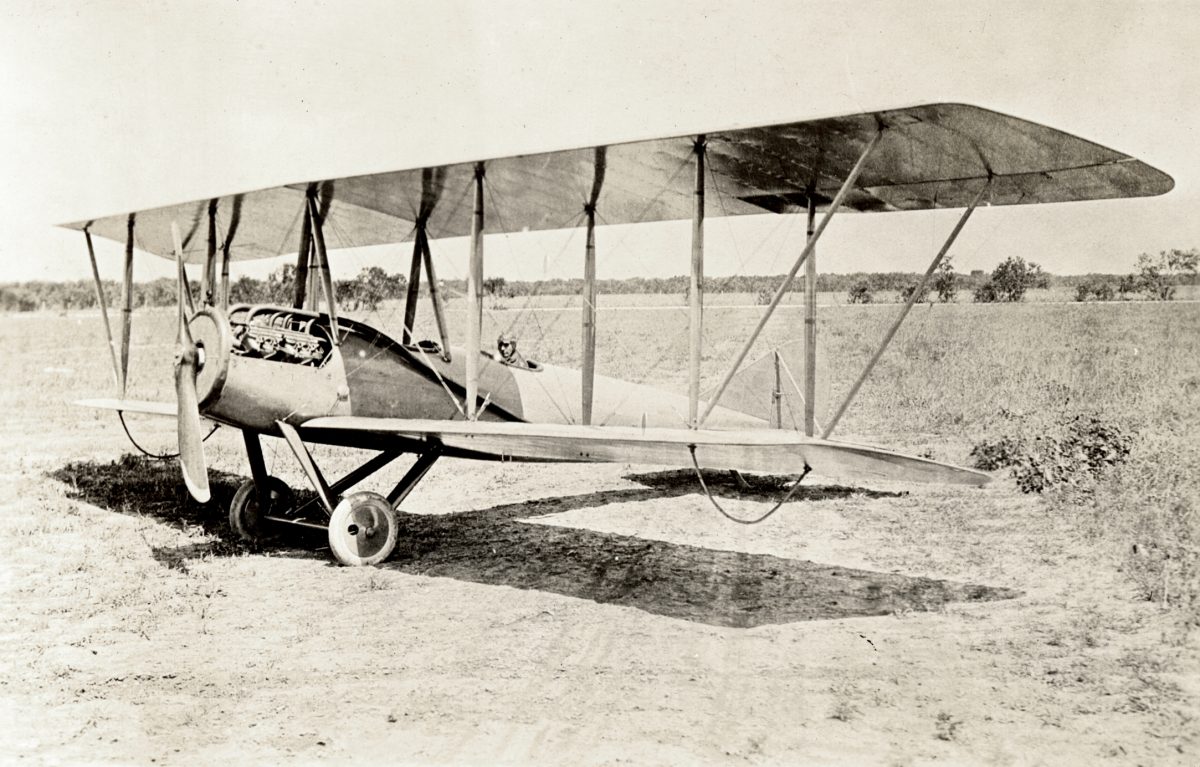
Pioneering pilot Lawrence Sperry made countless contributions to the world of aviation, including an invention that can be found in nearly every airplane in the world: the autopilot. Born in 1892 in Chicago, Sperry was the third son of gyrocompass co-inventor Elmer Ambrose Sperry, who filed more than 400 patents in his lifetime. Taking after his father, Sperry used his innate inventive talent and interest in flying to transform the world of aviation forever.
From an early age, Sperry was fascinated with flying. While taking flying lessons at the age of 19, Sperry began working with his father on a “gyrostabilizer” device using a modified version of the gyrocompass. The device, which later formed the basis of the autopilot, integrated gyros into the aircraft’s hydraulic control system to help maintain straight and level flight.
Recognizing the potential commercial success of their invention, Sperry and his father entered the autopilot device into the International Airplane Safety Competition in France in 1914. Sperry demonstrated the capabilities of the autopilot installed on his Curtiss C-2 biplane by flying above the crowd while holding his hands off the controls. On the second pass over the astonished crowd, Sperry’s assistant walked onto the aircraft’s wing while Sperry still had his hands in the air. On the third pass, Sperry walked onto the wing as the aircraft remained straight and level – without a pilot controlling it. Sperry was awarded first prize in the competition and earned national recognition for his invention.
Sperry continued developing remarkable new flight instruments and formed the Sperry Aircraft Company in 1917. His contributions include a self-contained parachute, retractable landing gear, an aerial torpedo, a gyroscopic artificial horizon, and a gyroscopic band-and-turn indicator which is still used in today’s aircraft.
In 1921, Sperry set out to build a compact sport biplane for the U.S. Air Service, named the Messenger. The light, inexpensive airplane was used for general service by the Army and civilian pilots. Sperry used the Messenger as his personal aircraft and equipped the plane with instrumentation of his own design.
On December 23, 1923, Sperry disappeared while flying over the English Channel on route from England to Holland. Investigators later found that his aircraft suffered engine failure and crash landed into the English Channel, where his body was found weeks later. Sperry is remembered for his outstanding contributions to modern flight, including inventing instruments that make flying safer and more accessible for everyone. He was enshrined in the National Aviation Hall of Fame in 1981.